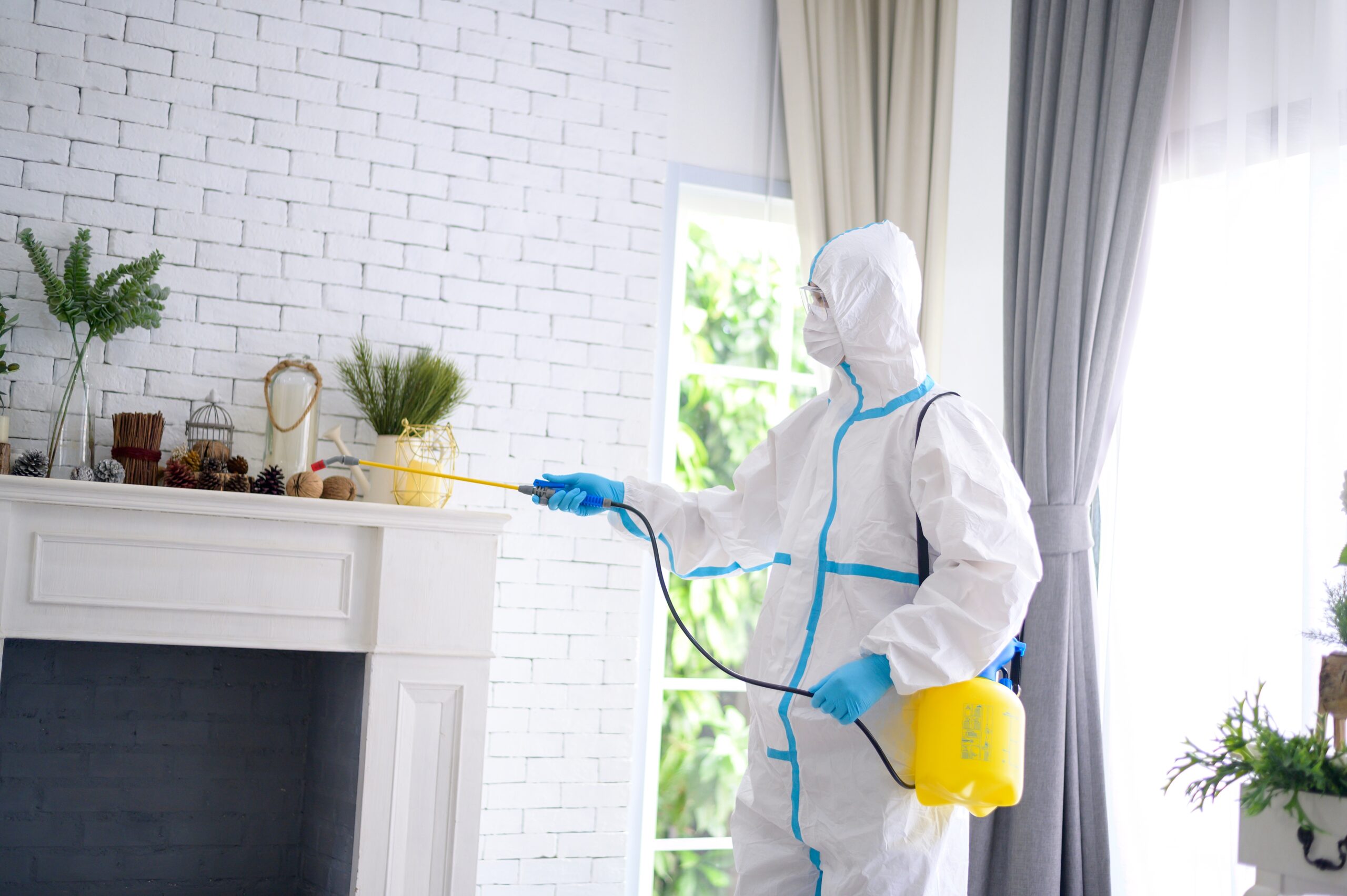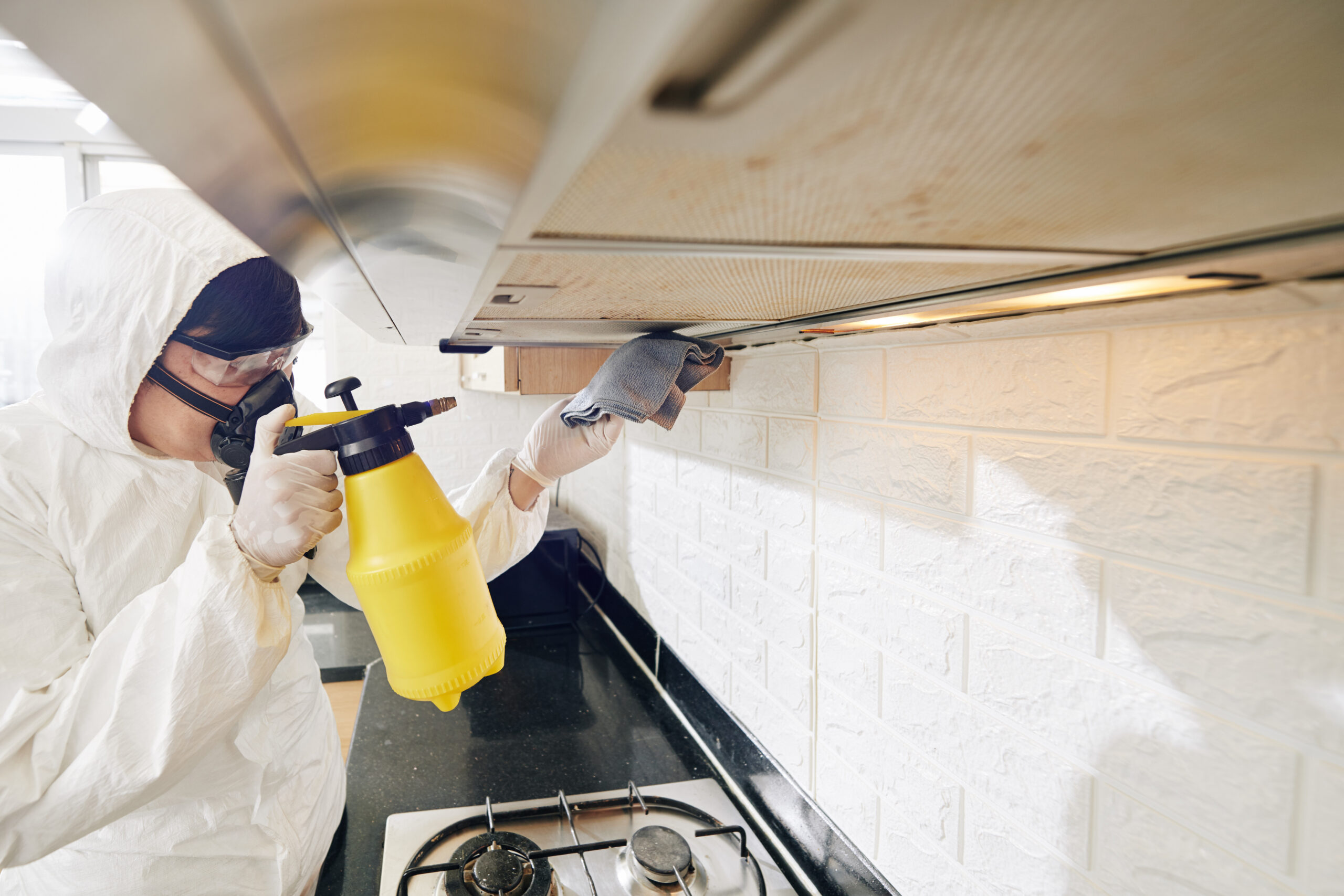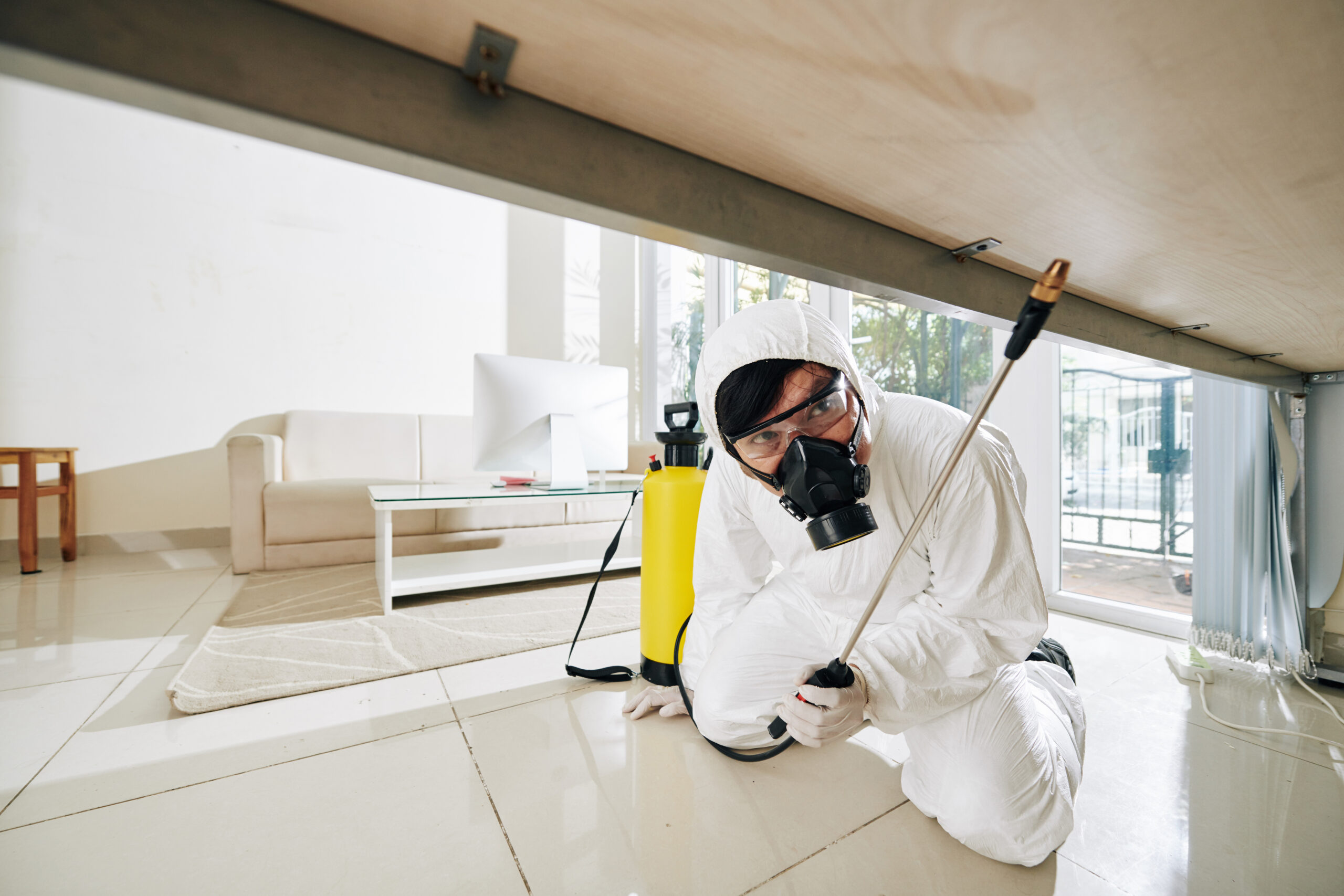Adult fleas are quite troublesome because they feed on the blood of their host, which can be a dog, cat, human, raccoon, mouse, or rat. Fleas are approximately 2.5 mm in length, and the adults are brown to blackish. They are wingless and have flattened bodies for easier movement through animal hair.
While pet owners are primarily at risk for flea infestations, these biting pests can also be brought onto a property via wild animals like raccoons or skunks and then into a home. The most common species is the cat flea, which often feasts on cats, dogs, and humans.
Flea control is an ongoing battle. Due to the flea lifecycle, it could take weeks or months to finally end the infestation. If you’re concerned you have a flea issue, it is important to quickly treat any pets who may have become a host.
Comb your pets to remove fleas and then bathe them with effective flea treatments. It may be necessary to take your pet to a veterinarian if symptoms persist. To prevent any further infestations, keep dogs on a leash when outside, and be sure to regularly bathe and groom pets.
Prevent household infestations from taking hold by cleaning and vacuuming frequently to help remove flea populations and prevent the laying of eggs. Additionally, be sure to regularly wash bed linens.
Outdoors, make sure the lawn is well-groomed since fleas prefer to hide in tall grass. Since fleas typically travel via rodents, be sure to eliminate any rodent harborage sites on the property such as overgrown trees or shrubs.



We begin by thoroughly inspecting your property to identify pest types, entry points, and the severity of the infestation.
Based on our findings, we develop a targeted treatment plan tailored to your specific needs, ensuring effective and environmentally safe solutions.
After treatment, we provide guidance on preventive measures and schedule follow-up visits to ensure your property remains pest-free in the long term.